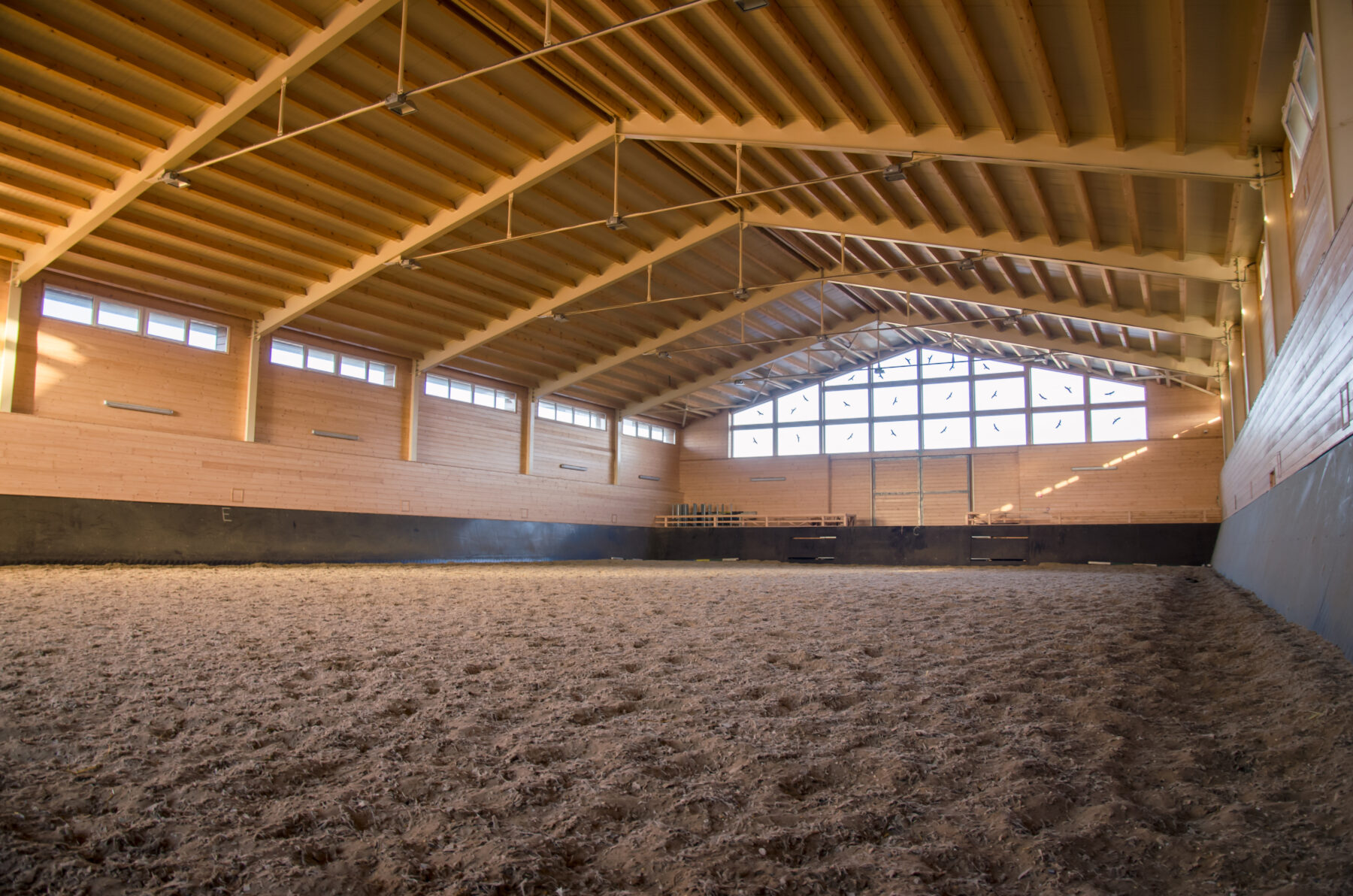The Role of Sand in Equestrian Arenas and Horse Training Facilities
July 26, 2024
To guarantee safety, performance, and longevity, equestrian venues and horse training centers depend on specific components. Among these components, sand is especially flexible and important in producing perfect surfaces for horses and riders. Recognizing the significance of sand within these settings sheds light on its pivotal role in enhancing the overall functionality and operation of equestrian facilities, ultimately contributing to their efficiency and success.
Guaranteeing Perfect Traction and Stability
Sand offers the necessary traction and stability in equestrian venues. The correct kind of sand guarantees that horses can keep a strong hold, therefore lowering their chance of slips and falls. Common in both competitive events and training sessions, high-speed maneuvers and unexpected stops requires this steadiness. Sand surfaces’ even texture helps to preserve consistent performance conditions, creating a safer and more predictable environment for riders and horses.
Shock Absorption and Cushioning
One important feature of sand in equestrian venues is its shock absorption and cushioning. Because it reduces the strain on their joints and tendons, this function is essential for the health and welfare of horses. Sand surfaces offer a greater degree of give than harder materials, which over time could cause injuries due to their level of impact. Consequently, sand helps to prolong the athletic careers of horses and prevent common injuries associated with demanding training schedules.
Management of Dust Control and Maintenance
Using sand in equestrian facilities also offers effective dust control. For horses and riders, dust can be a major cause of respiratory issues as well as reduce visibility. Well-kept sand arenas assist to reduce dust, guaranteeing cleaner and healthier surroundings. Regular care including watering and cleaning helps to keep the sand in ideal condition, avoiding compaction and preserving its beneficial qualities.
Versatility Across Several Disciplines
Various equestrian disciplines call for different surface qualities, so sand provides the adaptability needed. Sand can be adjusted to provide the best footing for dressage, show jumping, western riding, or other disciplines. Changing the depth and moisture content of the sand will help to optimize the surface for particular activities, therefore improving performance and safety in many different equestrian sports.
Affordable and Ecologically Friendly
For equestrian venues, sand is not only affordable but also rather efficient. For many institutions, its availability and modest cost make it a sensible choice. Moreover, under correct control, regular replenishment and suitable drainage systems help to extend the life of sand surfaces, providing a long-term solution for equestrian requirements.
Sand’s many uses in equestrian arenas and horse training grounds span traction and stability to shock absorption and dust management. Its adaptability and economy make it an essential part in creating safe, useful, and pleasant riding conditions. Choosing the correct kind of sand and keeping it in good condition guarantees that horses and riders may reach their potential in a safe environment. Simply put, the benefits of sand will result in higher performance, healthier horses, and more successful equestrian pursuits.


